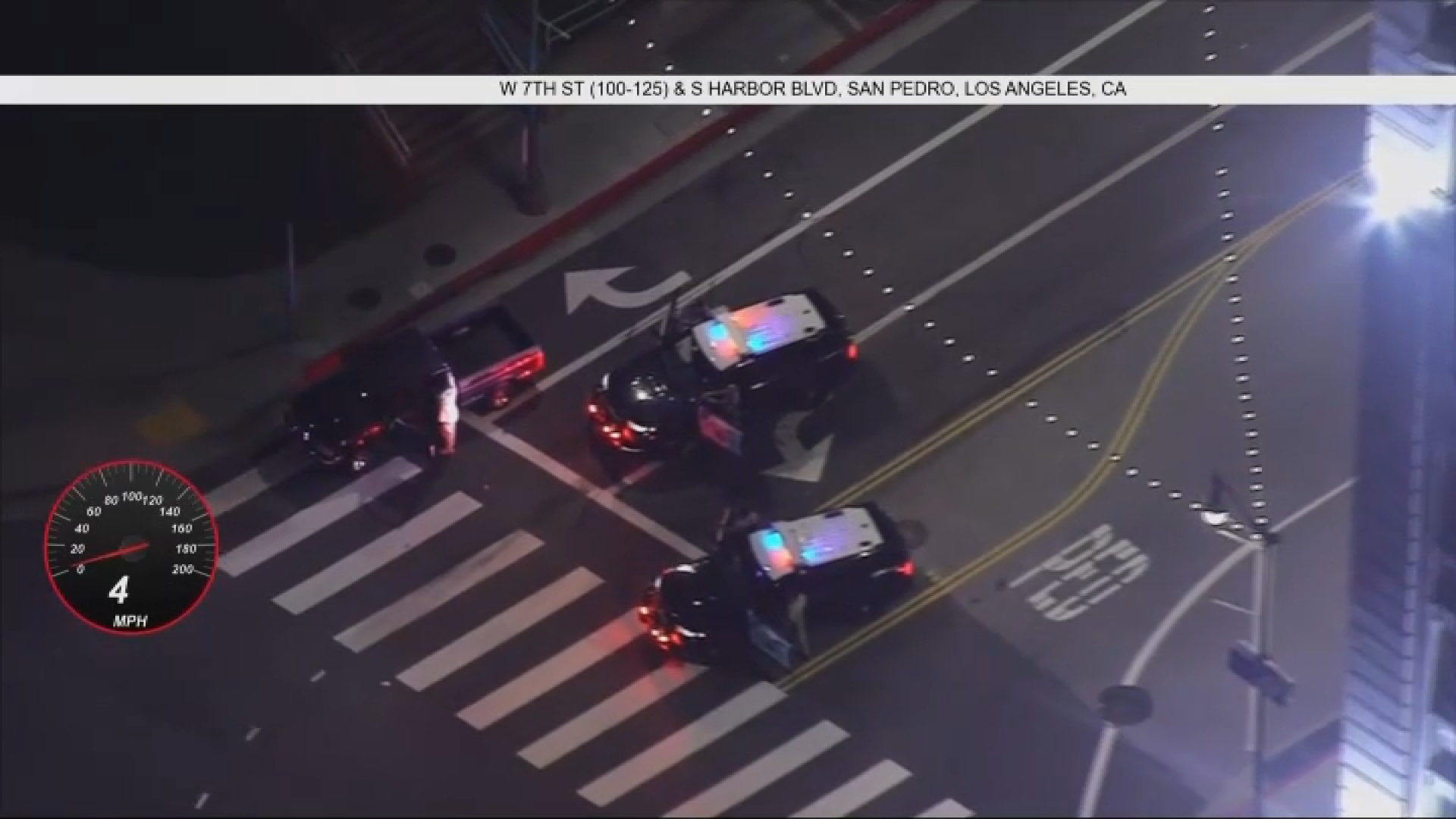If Angelenos stay off the road when a 10-mile stretch of the nation’s busiest freeway is shut down, who will witness Carmageddon II?
Hundreds of cameras at intersections across the city to monitor road conditions during the Sept. 29 weekend when part of the San Diego (405) near the Getty Center will be closed for construction.
Bhuvan Bajaj is a transport engineer who is carefully monitoring traffic flow from one of 450 computers connected to the project.
"Each green dot is an intersection. We can see traffic going in real time," Bajaj said.
At LA’s Automated Traffic Surveillance and Control center, known as ATSAC, they’re gearing up for Carmageddon II with additional staffing.
Complete Coverage: Your Carmageddon Survival Guide
The state-of-the-art facility at City Hall east in Downtown LA is capable of monitoring and controlling some 4,500 traffic lights. So if cars being detoured off the 405 start to jam up on side streets, controllers can step in.
"We can coordinate signals, we can re-time traffic signals, we can add more time to left turns, or less time. We can do whatever we can to mitigate delays in the field," Bajaj said.
The ATSAC system was built more than 30 years ago to handle traffic for the 1984 summer Olympics. Since then it’s quadrupled in size.
Local
Get Los Angeles's latest local news on crime, entertainment, weather, schools, COVID, cost of living and more. Here's your go-to source for today's LA news.
Engineers are quick to point out that despite all the surveillance, none of the live cameras record video.
"It’s not being used for any big brother purposes, there’s no license plates recognition technology, no embedded software, it’s strictly for traffic surveillance cameras," said Greg Savelli, chief of parking enforcement operations and traffic control.
Two-hundred traffic officers also will be in place during the freeway closure but instead of being stationed at fixed locations like they were during last year’s Carmageddon, some will be mobile so they can clear the way if there’s an emergency.
"All the emergency services, hospitals, ambulance, fire and police departments are pre-deployed in the areas knowing the transition is going to be difficult, so some of our officers will be in strike team formation if a problem arises," Savelli said.
MORE:



